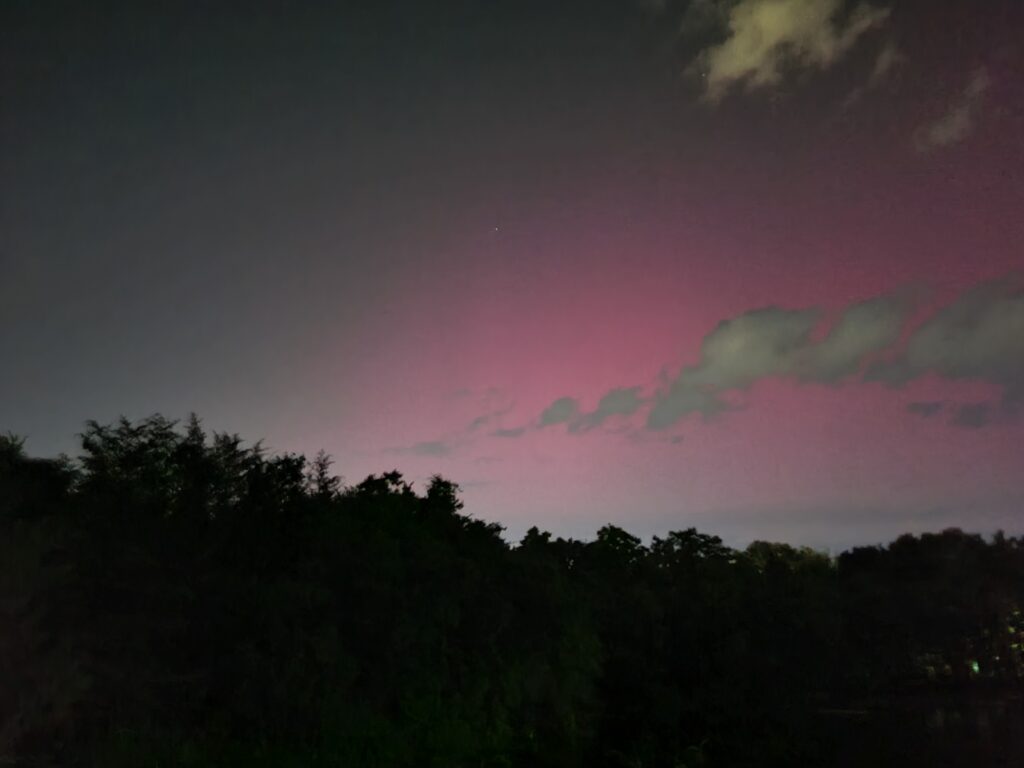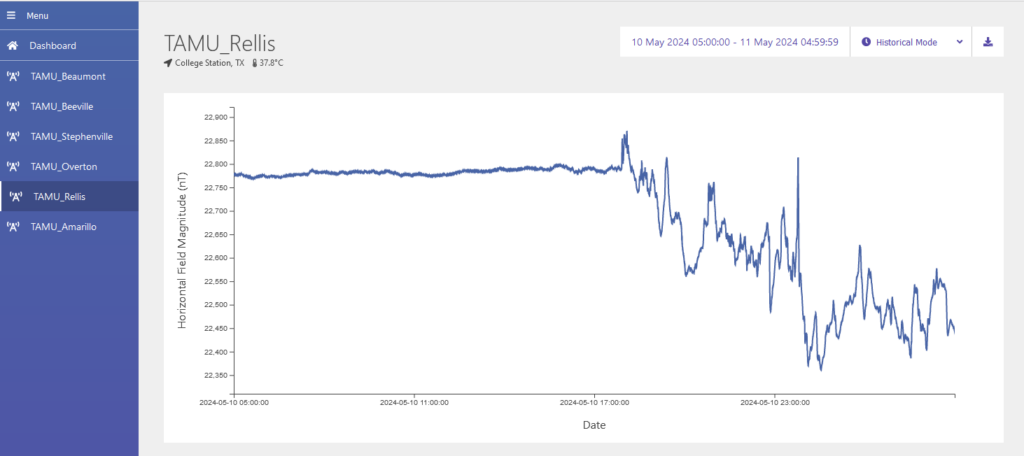A recent article highlighted the importance of research on Geomagnetic Disturbance (GMD) conducted by a team of researchers working in the Department of Electrical and Computer Engineering, Texas A&M University, that applies models of the real and synthetic electric grid to research recommendation options for power grid operators to lessen the impact of major solar storms on the grid. The article is titled “It Can Light Up the Sky and Shut Down the Grid: The Aurora Borealis”.

The research team is lead by Dr. Thomas Overbye, a professor and the project’s principal investigator, director of TEES Smart Grid Center, and includes Dr. Jonathan Snodgrass, a senior research engineer, Dr. Kate Davis, associate professor, and Dr. Adam Birchfield, assistant professor. The research project is conducted in collaboration with the Electric Power Research Institute and funded by DOE through Pacific Northwest National Laboratory.

Relevant publications
Dehghanian, P. , A. Zhang, R. Fatima*, J. Snodgrass, A. B. Birchfield, K. R. Davis, T. J. Overbye, “An Integrated Assessment of a G3 GMD Event on Large-Scale Power Grids: From Magnetometer Data to Geomagnetically Induced Current Analysis,” in IEEE Transactions on Industry Applications, vol. 60, no. 1, pp. 1634-1644, Jan.-Feb. 2024. View
LoGuidice, N. , J. Snodgrass, T. J. Overbye, “Estimating the Electric Field From Geomagnetically Induced Currents,” Kansas Power and Energy Conference 2024, April 2024. View
Other news on this topic is here.
